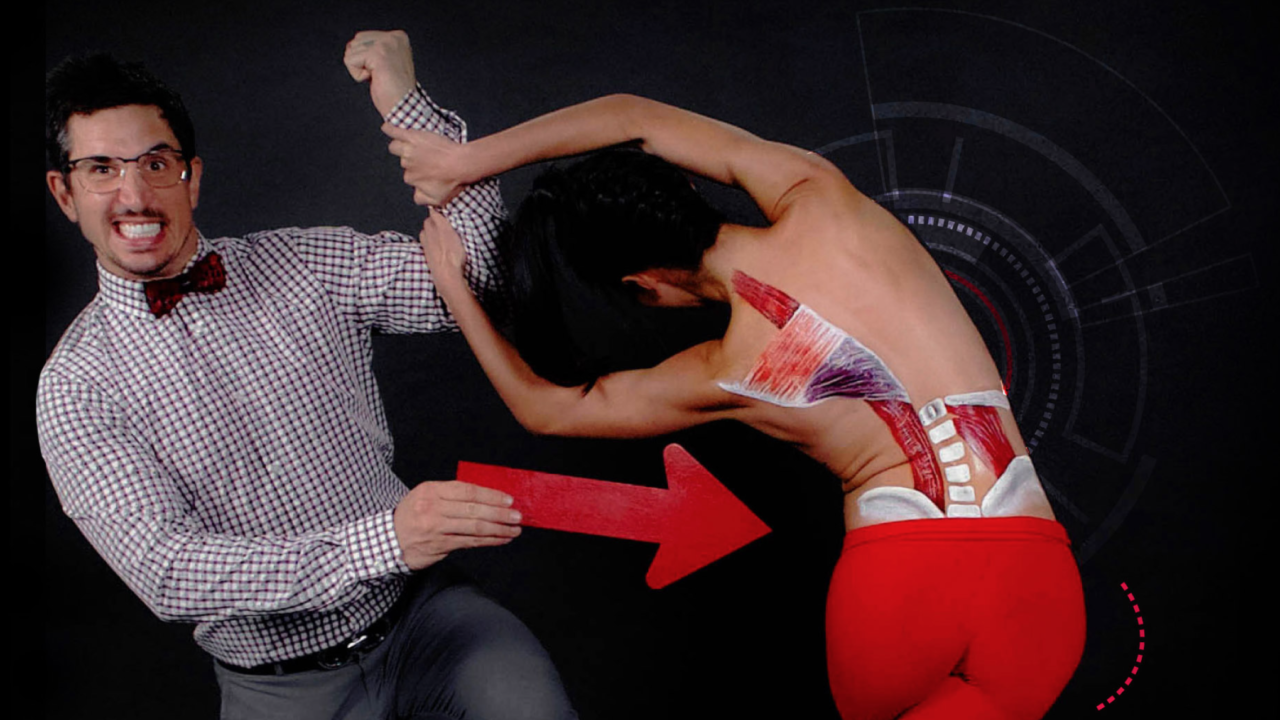Fitness
How To Get On a First Name Basis With Your Pain
Pain is coming for you. Do nothing and you feel it. Do a little and you’ll feel it too. Exercise and it’s coming for you big time. You will not escape it. Nobody does. All you can do it learn to identify the different types of pain so that you can tune into the best practises to manage it properly. Doing this gives you more control over your pain which is all you can hope for long term. You apply pain in training so you can feel pleased about the right kind of pain afterward so you don’t have to suffer through chronic agony of being inactive. That’s the journey. Your body gives you the signals and Dr. Mike, a chiropractor influencer and CEO of MoveU, wants to help you decode your body’s morse code so you can find that happy medium. “If you don’t want pain then lie in an antigravity chamber and don’t move,” says Dr. Mike. Here’s how to live with your pain.
Put pain in its place
Pain starts with the right kind of words. “People need to stop using the word hurt,” says Dr. Mike. “It’s a non-descriptive word. Rather learn how to feel that pain and classify it. People come to me with injury, and they do one of two things. They push into it, or they avoid it. Avoidance creates weakness and loss of quality of life. Pushing into it creates joint wear and tear coupled with muscle imbalances. It’s better listen to your symptoms try to target your targets.
Sharp pain
Every form of pain is a memo, and this comes with the surprise of a text message alert. “Sharp pain indicates an issue with a joint,” says Dr. Mike. “A quick stab is not something you want to feel when you’re working out.” In other words, when this happens you need to stop what you’re doing.
Deep ache
Pain can be a metric for success, but you need to interpret it correctly. “A deep ache and burn are sensations that are okay to feel,” says Dr. Mike. “That’s what we want to feel after a set of an exercise, especially when it’s in the intended muscle areas. Those aches, deep burns or throbs are a sign we’re training the right way.”
Radiating numbness
“If you’re targeting a particular muscle, then you need to know that some muscles can have trigger points within them can reduce radiation. That is a good thing. You’re softening targeting and discovering these trigger points in your body. However, a radiating pain coming from movements, not targeted muscle work is not a good sign. If you’re doing squats or overhead presses this pain is a bad thing. It means something is being compromised, which might be a disc or a case of muscles that are squeezing an artery. There is cold radiation where your arm feels cold and weak which is usually a sign an artery or vessel is being pinched. When you’re lifting and still have full strength and numbness then that’s a nerve being acted upon.”
Classification makes you stronger
Like death and taxes, pain is an inevitability, so you should learn to read it properly. “If you run up a hill, it will probably hurt,” says Dr. Mike. “Should you stop doing it? Yes, if you’re getting sharp stab and radiating pain. No, for most other kinds of pain. The following day after the hill sprint you should feel some evidence that you’ve trained only in the muscles that were worked. The take home message is that you should stop saying hurt. Feel it. Classify it. We don’t want sharp, pops, clicks, radiating, stabbing or squishy pain. You do want to feel heat, mildly aching joints, good muscle tension and to feel sore after they’ve been worked.” Create the right mental associations and you’ll be able to get the right kind of results from your training.














